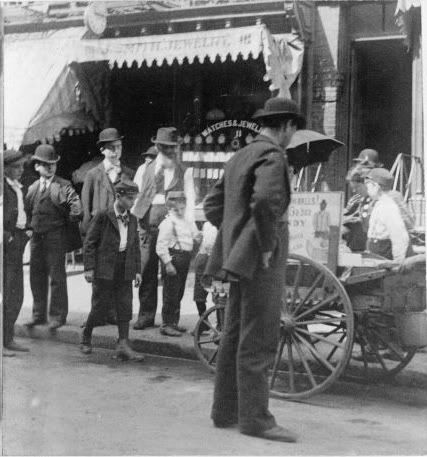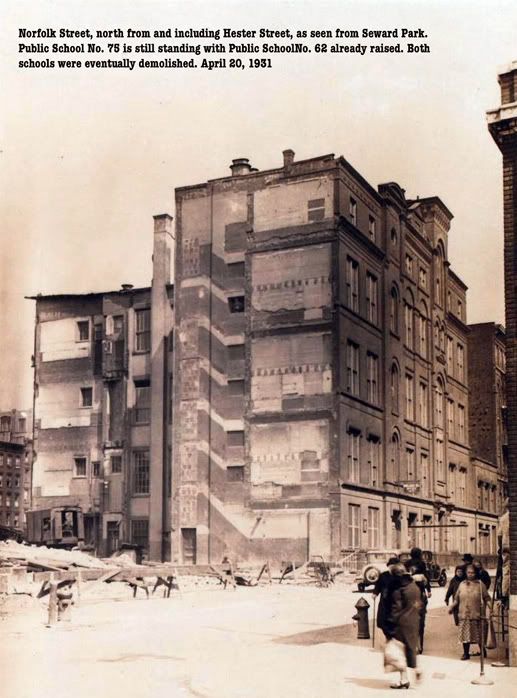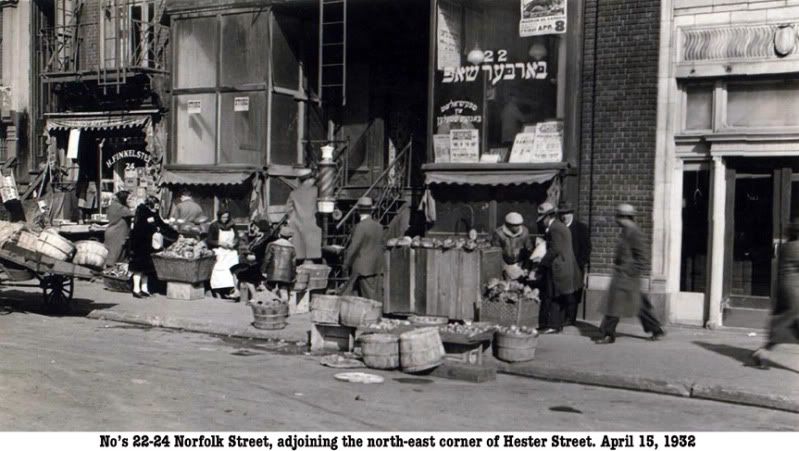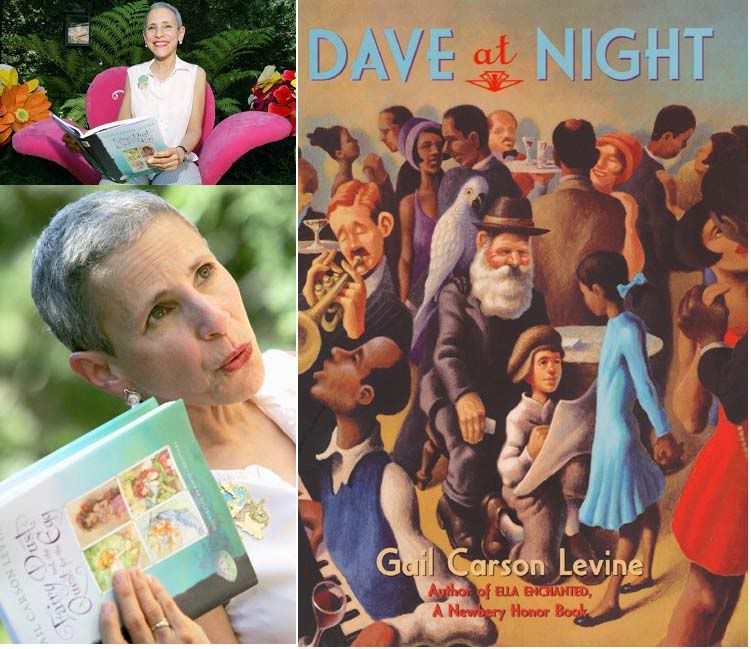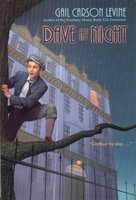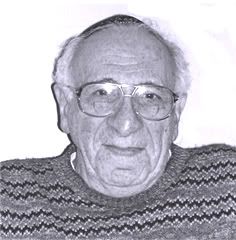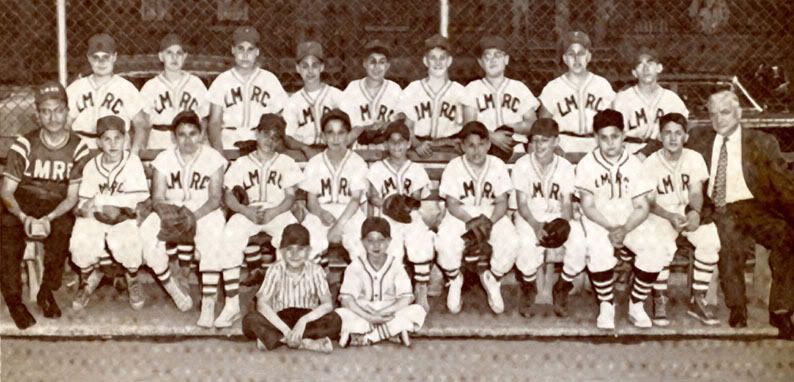The author is related to Marilyn Altman and Goldie Daniels, the Guss girls, who are heard above.
I know it’s unseemly to brag about one’s illustrious family lines, but sometimes a historic turn of events invites the opportunity to name-drop. Some of my closest friends don’t even know it, but I’m related to Jewish royalty (by marriage, I should clarify, but still). My brother married into pickles — Guss’ Pickles, to be specific, the famous Lower East Side institution that announced this week that it would soon leave that neighborhood for the lower rents and enthusiastic pickle purchasers of Borough Park, Brooklyn. The New York blogs have been outdoing themselves in fits of nostalgia about this loss of lingering history on Orchard Street. But for my brother’s mother-in-law, Marilyn Altman, and her sister, Goldie Daniels — the Guss girls, as they were known back in the day, along with their late sister, Elaine — the news about the business, which they sold in 1979, came as a shock. It was also an excuse for them to come in from New Jersey, where they both live, share some old stories about their father, Isadore Guss, and, in Goldie’s case, wolf down some of the half-sours she loves so well. After greeting the current owner of the shop, Goldie, blond and petite at 71, in a gold watch and gold hoops, instinctively situated herself in back of the barrels, the vantage point from which she had sold so many pickles to long lines down Hester Street, the store’s original location. “I ate more pickles than I sold,” she said, dipping a pan — a schissel, she called it, Yiddish for pail — into a barrel. “I loooove pickles.” She took a bite and rolled her eyes. “It’s like my heritage.” Of the three daughters, only Marilyn, the baby, now 65, was deprived the privilege of working at the store. That’s what you get for dropping a yo-yo in a pickle barrel and thinking maybe no one would notice. Goldie, however, worked there until she had children. If her mother had thought a woman could run a business, Goldie would have taken it over after her father’s death in 1975. Those days holding court behind the barrels as the whole neighborhood stopped by were some of the happiest of her life. “You just talked to everyone,” she said, and it was easy to see how that worked. As she chewed her pickle, a man with his daughter contemplated the barrels, and suddenly they were all four in animated conversation about the Great Wall of China, from where the father and daughter had just returned. What did they think? Wasn’t it fabulous? When Marilyn went, she’d worn the wrong shoes, wouldn’t you know it, kept sliding backward the whole time.

